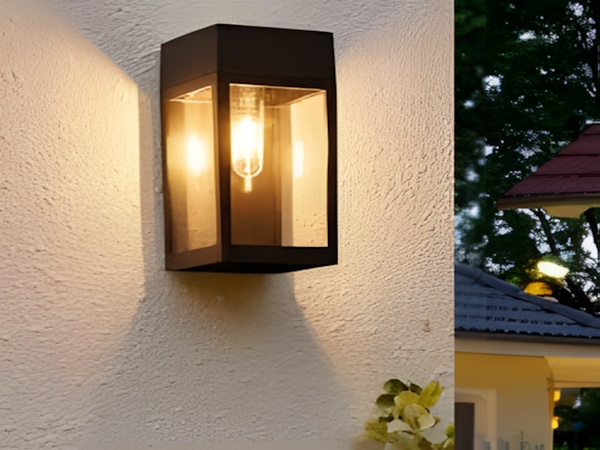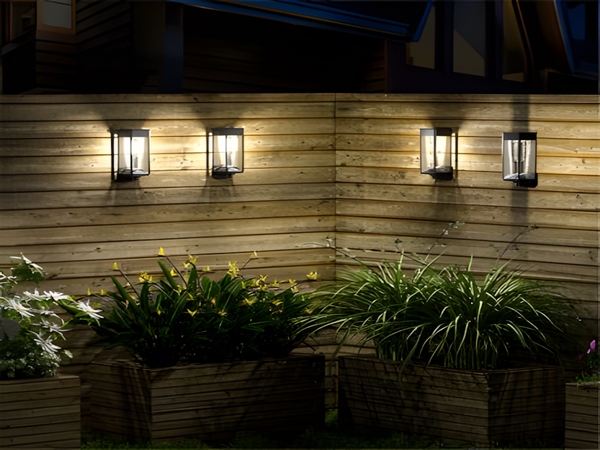
Solar street lights are not restricted by geographic location and are unaffected by the position of electrical installations. They do not require excavation for wiring or piping and are convenient for on-site installation. These lights do not need power transformation systems, making them environmentally friendly and energy-efficient, with good overall economic benefits. Installing solar street lights on existing roads is particularly convenient. So, what types of solar street lights are there? Here is an introduction.
What are the types of solar street lights?
1. Clamp-style solar street lights
Currently, most street lights are purchased as a whole, with the lamp pole and arm connected by bolts. In contrast, clamp-style street lights are fixed to the lamp pole with steel clamps and are generally used on concrete poles.

Generally speaking, the lifespan of the lamp pole is much longer than that of other components. In many cases, only some external components need to be replaced. If the lamp pole is replaced as well, the cost can be significant, making clamp-style solar street lights a more suitable choice.
Furthermore, if there are any leftover utility poles, they can also be utilized. Assembling clamp-style solar street lights on these can save considerable costs, making this type of street light commonly used in rural areas.
2. Solar wall lights
Solar wall lights are primarily decorative light sources, usually installed at garden gates, corridors, or rooftops. Generally, a split structure is more suitable for solar wall lights, as the light source is mounted on the wall, and the solar panel may be obstructed by the building, preventing direct sunlight and affecting the light’s efficiency.
Using a split structure allows for flexible installation of solar panels in well-lit areas, adapting to different scenarios. These light sources do not require lamp poles, making installation easier. However, it’s crucial to consider energy loss in wiring when choosing configurations, which might affect the user experience. Yet, this is not absolute; the choice should still be based on specific conditions, with some integrated lights possibly being more suitable.
3. Solar garden lights
Solar garden lights often focus on aesthetics since gardens serve as a place for rest and entertainment. The street lights here must consider both illumination and decoration. Unique and exquisite designs help to integrate better into the garden, creating a harmonious and comfortable family atmosphere.

Solar garden lights should generally avoid cold white light, which can feel unwelcoming. Instead, a warm color temperature is preferable. Some garden lights may serve only a decorative purpose, in which case the lighting can emphasize atmosphere rather than brightness, although specific choices should depend on individual circumstances.
4. Solar lawn lights
This type of light primarily serves a decorative purpose, typically providing soft illumination and diverse colors. During the day, they are effective as decor, and at night, their soft glow can create a pleasant visual experience.
Although these lights may not be particularly bright, they can enhance safety during the night, providing a sense of security. They are often used in parks, garden villas, pedestrian streets, commercial areas, and squares with greenery. Utilizing solar energy helps to resolve issues with inadequate brightness and short peak sunlight duration, improving efficiency. Additionally, they typically feature automatic alarm functions, enhancing safety.
5. Wind-solar complementary street lights
Wind energy, like solar energy, is a renewable clean energy source. Using wind-solar complementary street lights is very suitable in areas with suboptimal sunlight conditions, overcoming environmental and load limitations with a broader application range. However, this type of street light has higher technical requirements and consequently higher costs, so choices should be based on specific needs.
That concludes our overview of the types of solar street lights. We hope this article has been helpful. If you have any questions, please feel free to leave a message, and we will respond promptly.



